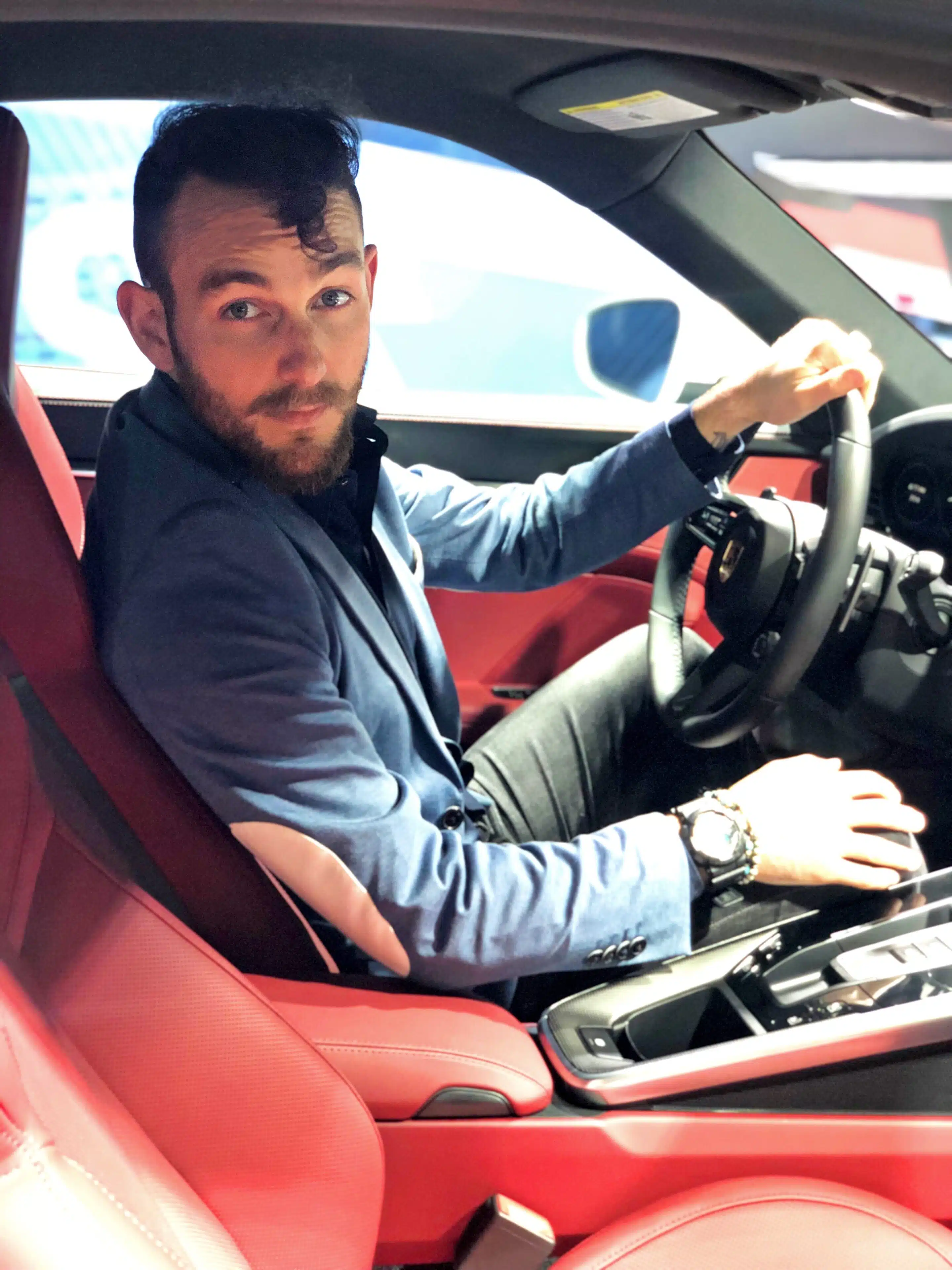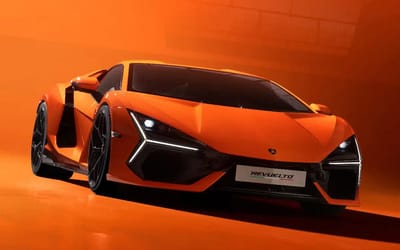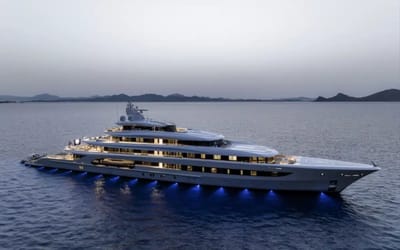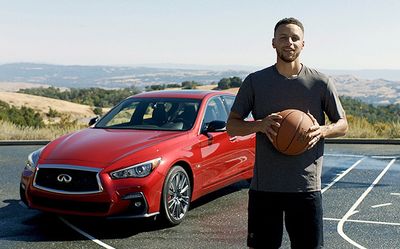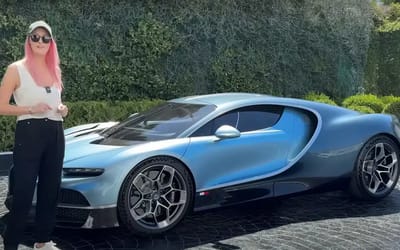Dubai is developing driverless, high-speed pods that run on elevated tracks
- The pods would be completely autonomous, and solar-powered
- Two different versions will be built, both traveling on elevated tracks
- The infrastructure required is incredibly more cost efficient than equivalent underground network
Published on Jan 22, 2024 at 5:27 PM (UTC+4)
by Alessandro Renesis
Last updated on Feb 02, 2024 at 8:48 PM (UTC+4)
Edited by
Adam Gray
Dubai is working on an innovative type of high-speed pod that runs on elevated tracks above the ground.
This would A, beat traffic and more importantly B, look fantastic.
READ MORE: Elon Musk posts unbelievable video of Tesla humanoid meticulously folding clothes
Several companies and even countries are working on alternative methods of transport.
From Elon Musk’s tunnels under the streets of Las Vegas to the fast train that will connect Dubai to India.
Each project is different but the main goal is always the same, and that is to ease up congestion while providing faster, more efficient ways of getting from A to B.
These pods check all the aforementioned boxes.
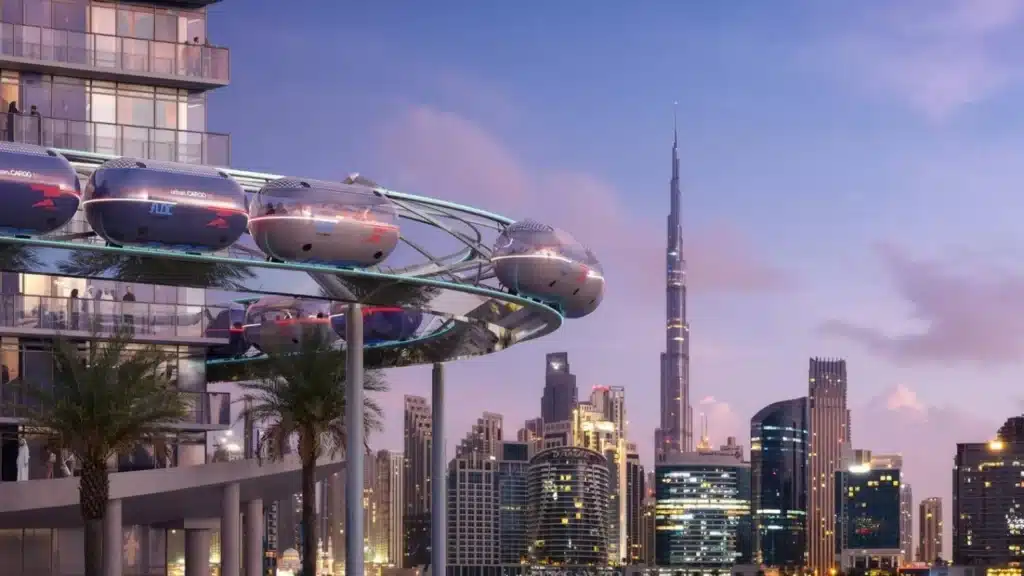
The pods are being developed by Dubai’s Roads and Transport Authority (RTA) in partnership with Urban.Mass, and the idea is to make them self-driving and solar-powered.
The RTA is actually working on two different versions.
The first version uses something called the Floc Duo Rail system, which is essentially a double-track system.
The second version uses a bridge that’s powered by solar panels, which transforms solar energy into usable electricity for the pods.
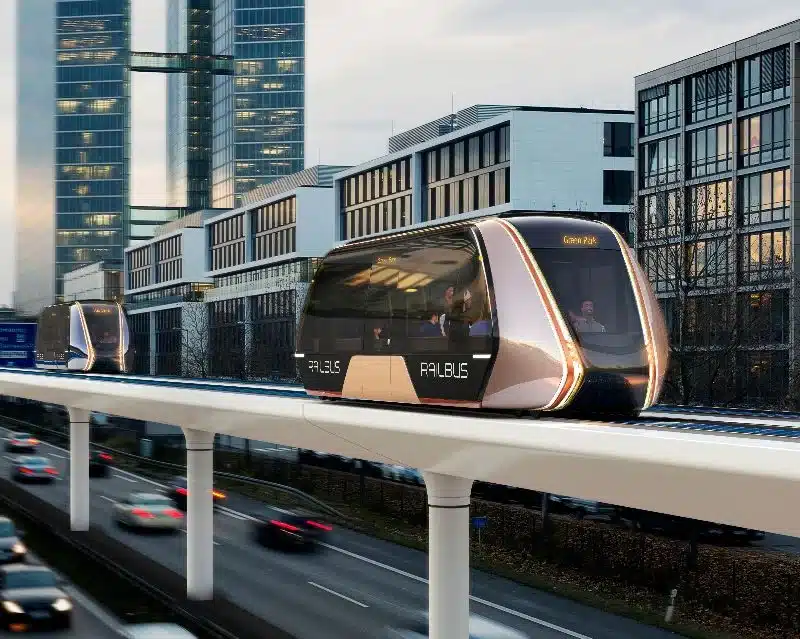
At the moment, most cities use a combination of underground and overground transport methods, but the main reason why so many are working on alternative methods is everyone seems to be convinced we should be using our skies more.
This probably explains why we’ve seen a swathe of VTOLs and flying cars enter the market in recent times.
And then there’s cost.
Even though underground systems do manage to beat traffic, they still cost a lot to run.
In fact, the CEO of RTA says the track infrastructure that the high-speed pod requires cost less than 20 percent of the budget required for a regular metro system.
And for obvious reasons, underground systems can’t really use solar energy in the same way a transport system above our heads can.
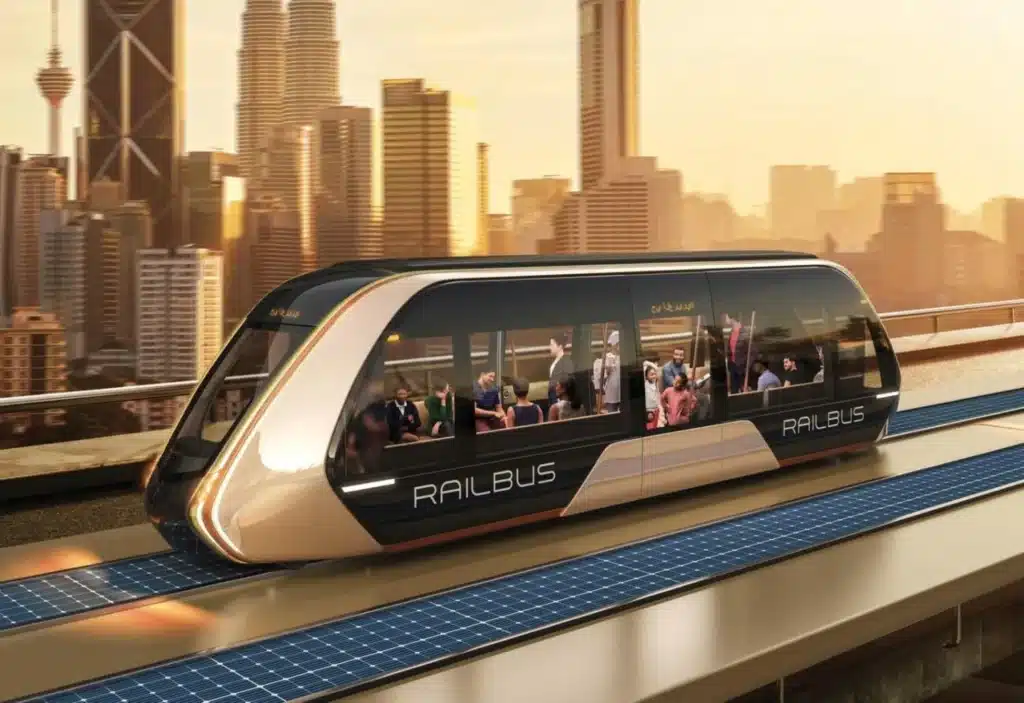
And there’s more good news, too, because the system is highly scalable.
Ricky Sandhu, CEO of Urban.Mass, says these systems can move between 1,000 and 16,000 commuters daily.
And he also added it is suitable for cities with populations between 200,000 and 10 million.
This would be more than adequate for Dubai, which currently has a population in excess of 3.6 million.
DISCOVER SBX CARS: The global premium car auction platform powered by Supercar Blondie

